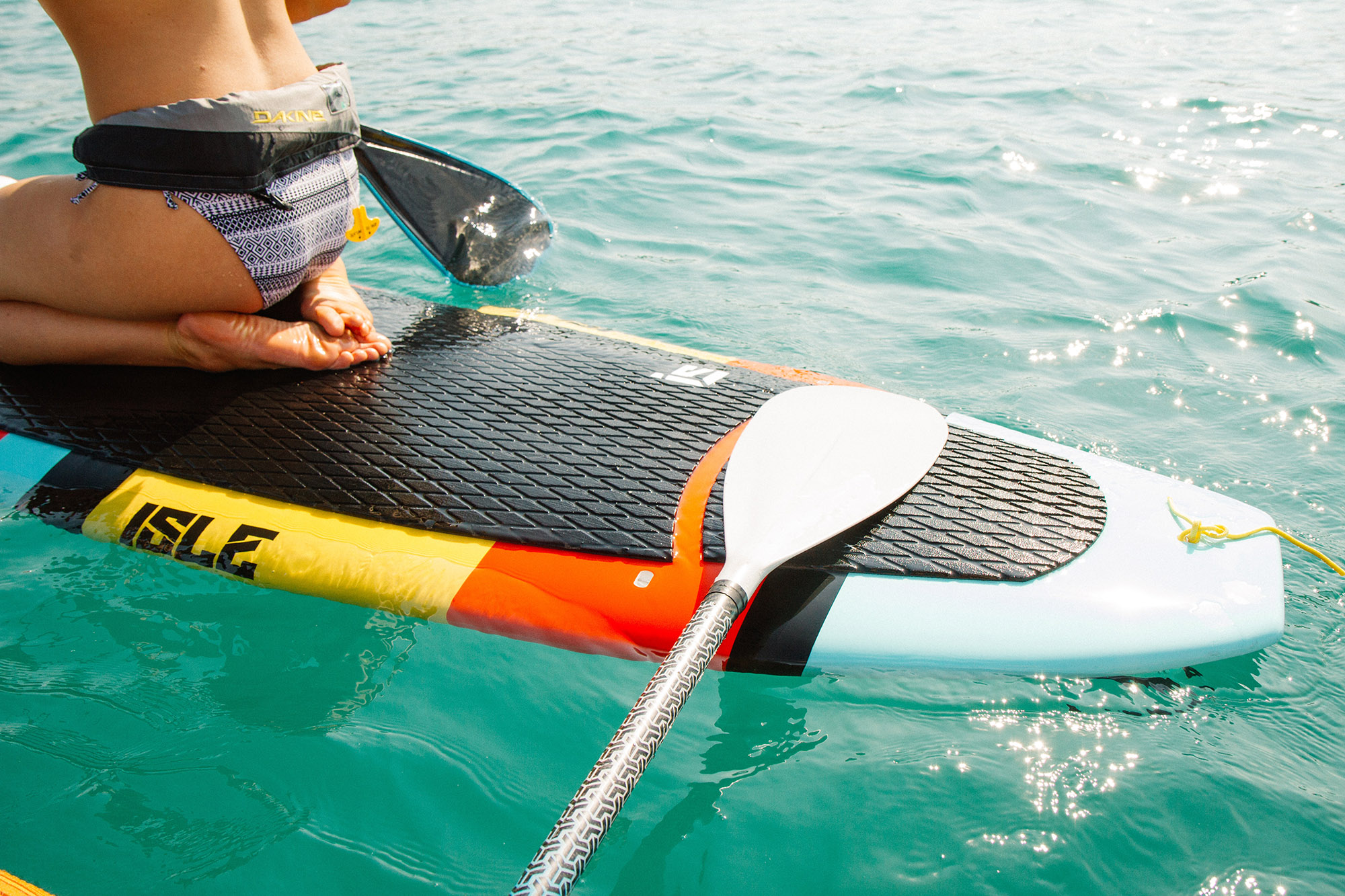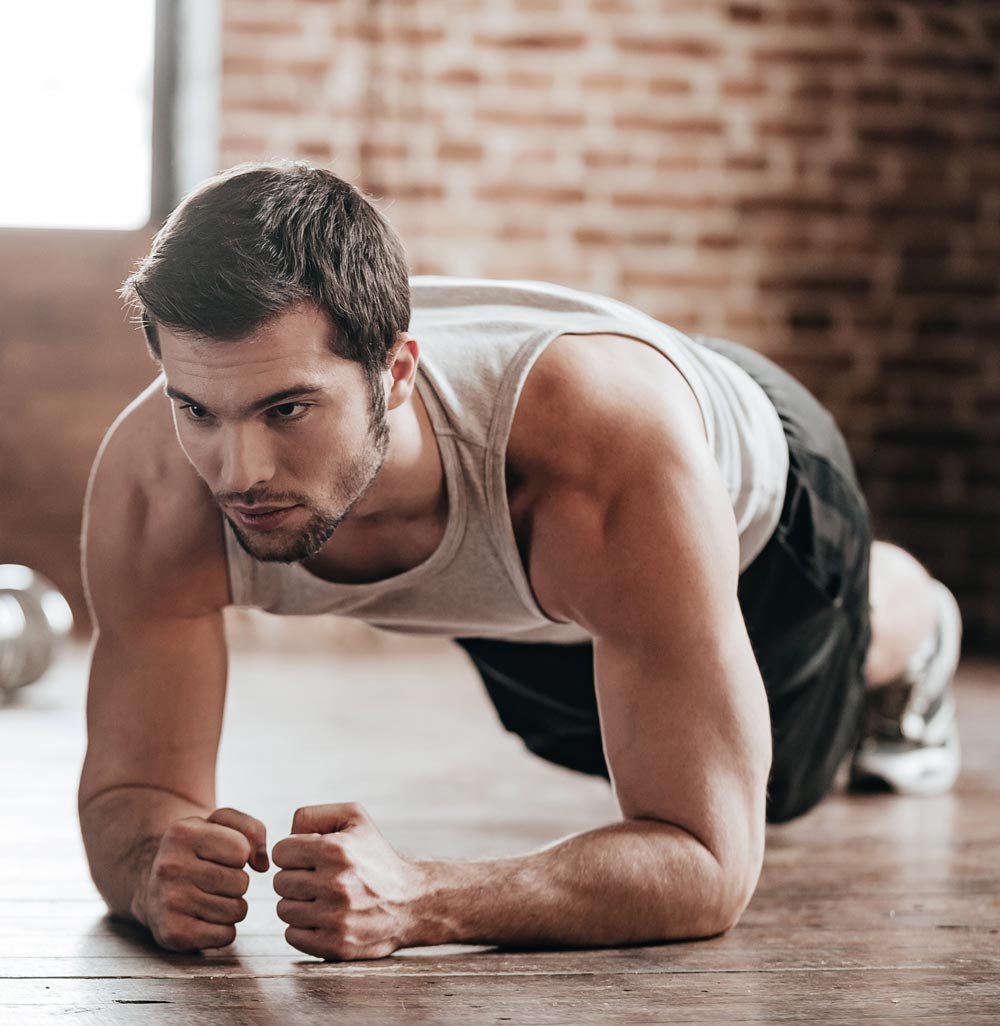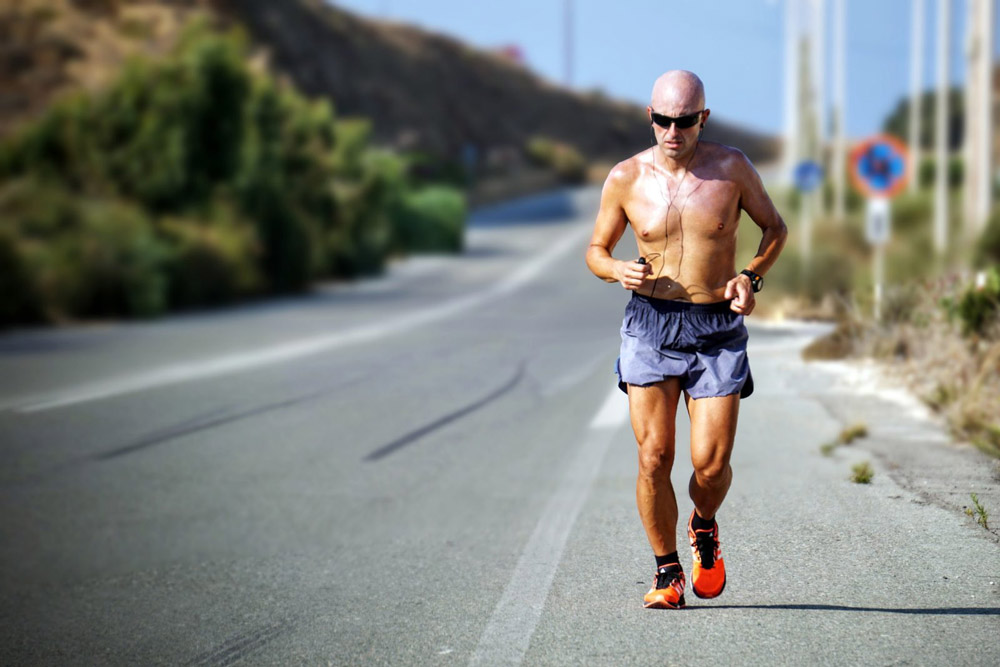Why is load increase important for the shoulder?

Loading the shoulder can be at times a fine art.
Like most of our body tissues, especially our musculoskeletal system, preparation is important before any sporting season or tournament. This is because it prevents the onset of injuries, a concept which is particularly important for the glenohumeral joint. Shoulders (SH) are delicate structures owing to their natural anatomy. The glenohumeral joint is a ball and socket joint with not a lot of bony congruence. Therefore, the shoulder relies heavily on ligamentous and muscular support for its’ structural stability. This contrasts with the hip joint (another ball and socket joint) where there is good bony congruence. The socket (acetabulum) covers a lot of the surface area of the ball (femoral head). Due to the shoulder’s lack of inherent stability, it would be a recipe for disaster to get back into the sporting season with no build up in exercise load on the shoulder.
What does increasing load mean?
Shoulder activation, mobility and strengthening exercises starting approximately 2-3 months prior to the start of a sporting season is an appropriate description of ‘increasing shoulder load’. This can be achieved in a singular programme which should be done at least twice a week.
‘Increasing’ load means gradually progressing the exercise programme over the 2-3 months by:
- Changing the exercise to a more difficult variation.
- Increasing the weight/resistance
- Increase the repetitions/sets.
- Increasing the frequency of doing the shoulder workout.
- Gradually adding power and plyometric exercises (add one month prior to the season commencing)
- Gradually adding sports specific exercises (add one month prior to the season commencing)
Examples of shoulder exercises:
MOBILIITY:
Sleeper Stretch
- This is great for stretching the posterior SH (shoulder capsule, posterior rotator cuff muscles)
Wall Angels
- This exercise is great for opening the anterior SH/chest region which is often tight from poor posture. This exercise also helps with strengthening the scapular muscles into a more effective position (retracted and depressed)
ACTIVATION:
Theraband External/Internal Rotation Isometrics:
- This exercise fires up the rotator cuff muscles and prepares them for action during more complex compound exercises where their role is in stability.
Prone Lower Traps Raise:
- The lower trapezius muscle is important for keeping the shoulder blade depressed while performing overhead movements to avoid shoulder impingement.
STRENGTHENING:
Dumbbell Military Press:
- This exercise is a great compound exercise designed to improve overall SH strength, particularly in the overhead position.
Lat Pull Down:
- This exercise is a great compound exercise working primarily the latissimus dorsi with assistance from other scapula depressors, including the lower fibres of the trapezius. These muscles keep the scapula depressed during overhead movements to avoid shoulder impingement.
Seated Cable Row:
- This compound exercise works on all muscles that retract the shoulder blades to give the arm (humerus) a smoother range of motion away from any impediment by the shoulder blades.
Example of Exercise progression by adding variation:
- Doing SH external and internal rotation in 90 degrees abduction (arm lifted to the side 90 degrees from the trunk) instead of neutral (arm not lifted)
- Doing a barbell bent over row instead of a seated cable row.
Adding Plyometrics/Sports Specific Exercises:
If we consider most sports, there are elements of fast-paced movements being performed eg the quick pitching involved in baseball. Therefore, it makes sense to add plyometric sports-specific exercises to be fully prepared and shoulder ready for summer sport.
Logically, we add these exercises in later in the preparation period; specifically, about 4 weeks prior to any event. This is because we want to build up the strength foundation in the shoulder first.
Examples of shoulder plyometrics include:
- Double arm medicine ball overhead throws
- Medicine ball wall slams
- Drop push ups
- Repeated wall throws in SH abduction
For a tailored programme or if you are preparing to enter back into the sporting season, don’t hesitate to see our friendly team at Pivotal Motion Physiotherapy.







